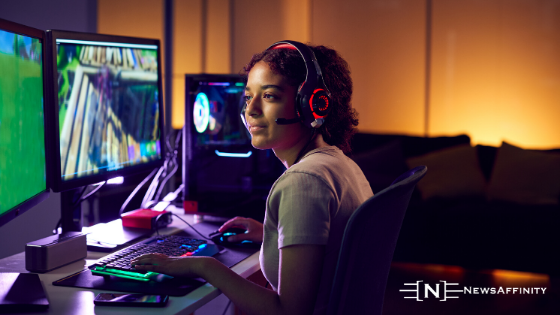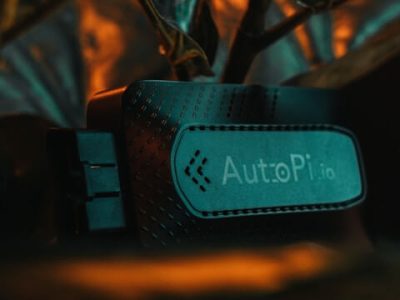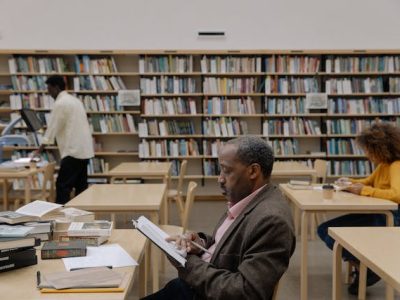Technology seems to have infiltrated just about every area of life today, including education. And yet there is great debate over just how much it has impacted education, with some questioning whether it has made an impact on education at all.
If you think about it, there are a lot of things about today that look very similar to how it’s always been over the centuries, especially when you compare modern lecture hall scenes today with those in the past. Back then, just as today, we had a professor stand at the front of the class and lecture the students. Some would be focused with their books open, some would be chatting with their neighbours, and some would be downright bored and even sleeping. Today, perhaps more students have their laptops and tablets open than books, and their version of chatting with friends has come to include chatting on social media on their smart devices, but the pattern is pretty much the same. It’s not too hard to see why a cynic wouldn’t think anything has changed.
And yet there are lots of things that have changed in the world of education due to technology. All it takes is to look a little deeper, and they shall be evident.
Accessibility has increased

With technology, access to education has increased immensely. Back in the medieval times, only the wealthiest or the religious elite would have access to opportunities to learn formally. There were also designated educational centers where people had to go if they really wanted to learn.
Today, there are no such barriers to education. You can access it in whatever form, from books to images to videos to audio, and you can access it anywhere thanks to the power of the internet. You also don’t have to go to any special institutions as most of the top learning material can be found on online platforms like podcasts, MOOCs, and YouTube.
Elsewhere, accessibility to homework help has also increased massively. StudyClerk and other similar platforms make it possible to learn to write research papers and essays, as well as homework assignments, giving students an empowered feeling when tackling these challenges.
Collaboration and communication have been revolutionized
Technology has also made it possible to communicate and collaborate on a scale never before dreamed of. Students anywhere in the world can now communicate with their professors from a distance, follow the publications and blogs of their favourite professionals, and even view major international events like the launching of a rocket live as they happen. They can collaborate remotely on group projects and build things together no matter where in the world they’re from.
Teachers are now guides, rather than dictators
It has become an entrenched paradigm of education that the teacher is the sage on the stage; the primary source of information that the students must all defer to with no questions asked. However, with the power of technology, that is starting to change. Now that students can access knowledge and information literally at the tip of their hands, teachers no longer have a monopoly on these things. Teachers are now transitioning to the guide on the side, where they gently nudge their students in the right direction but leaving them to take the exciting educational journey together. Classrooms are becoming places where knowledge is created, rather than consumed, and the results are beautiful.
Education is now highly customizable
Technology has made it possible to customize one’s one educational pathway and adapt it to one’s unique educational needs. It has always been known that different students learn in different ways and find different things interesting. Standardization over the years, however, has made it virtually impossible to enable each student to learn in the way that is best for them. Technology is now making this possible again. With the range of technologies and tools available to teachers and students, each subject can be taught from a range of different perspectives and using different media to best suit the needs of the student.
Testing has evolved
With technology, online education has become more and more prominent, and with online education, online testing has also become more and more prominent. Online testing has proven fairer due to its impartiality, while it also involves less of the pressures and anxiety attacks involved in in-person testing.
Conclusion
Technology has had a significant impact on education and continues to have it. Of course, there have been negative effects as well, such as some students finding it really difficult to remain productive when learning online, or social media having a huge distracting effect on students, taking away their valuable time from learning when they are online. However, there’s no reason to throw the baby out with the bathwater, and as we continue to progress, we are finding better and better ways to deal with these obstacles. In the future, education will be nothing like what it is today. Hopefully, it will be a lot better.
Author Bio
Harry Southworth is a writer with experience writing about technology, education, and personal development. He enjoys tracking the progress of technology in different fields and writing about it for his readers. When he’s not writing, he enjoys doing pet DIY projects in his home.

















Comments